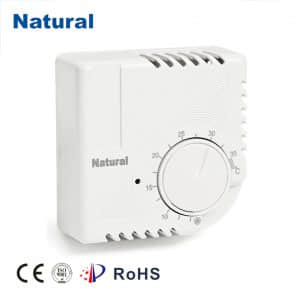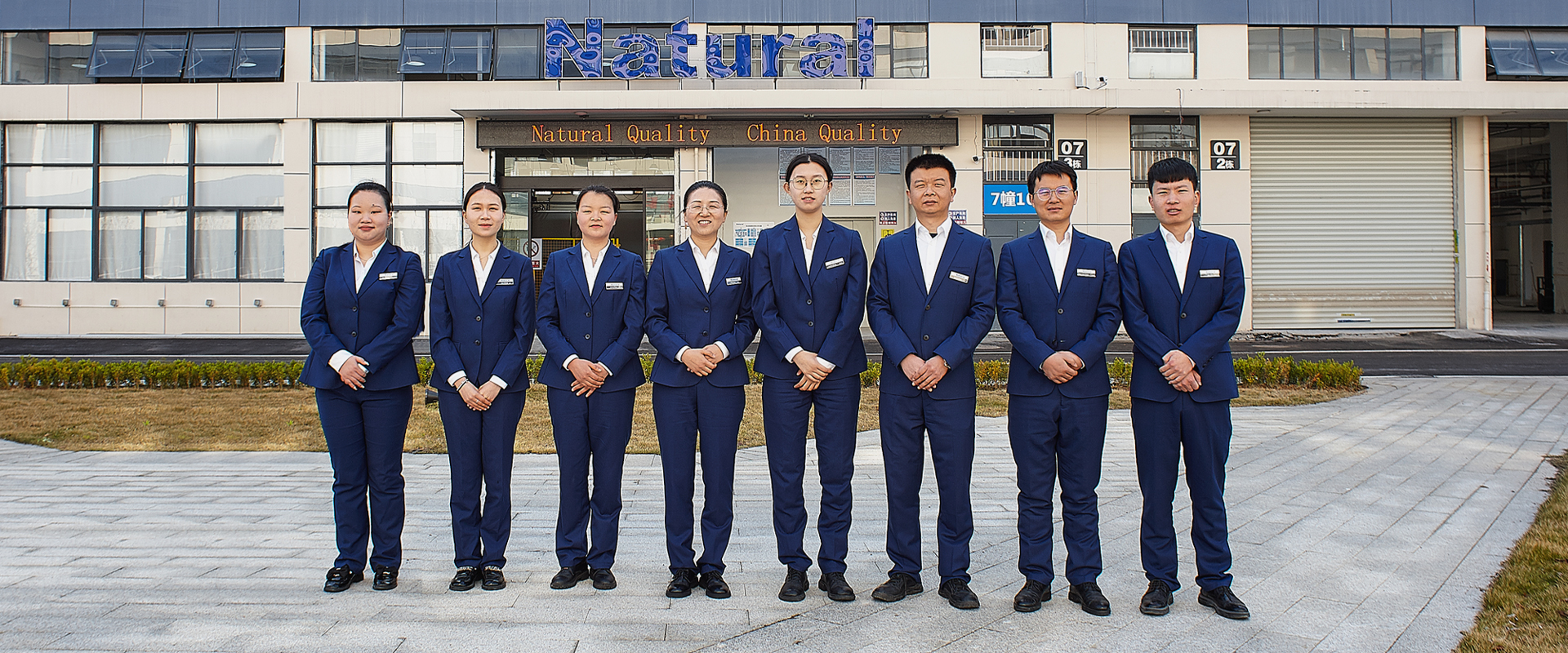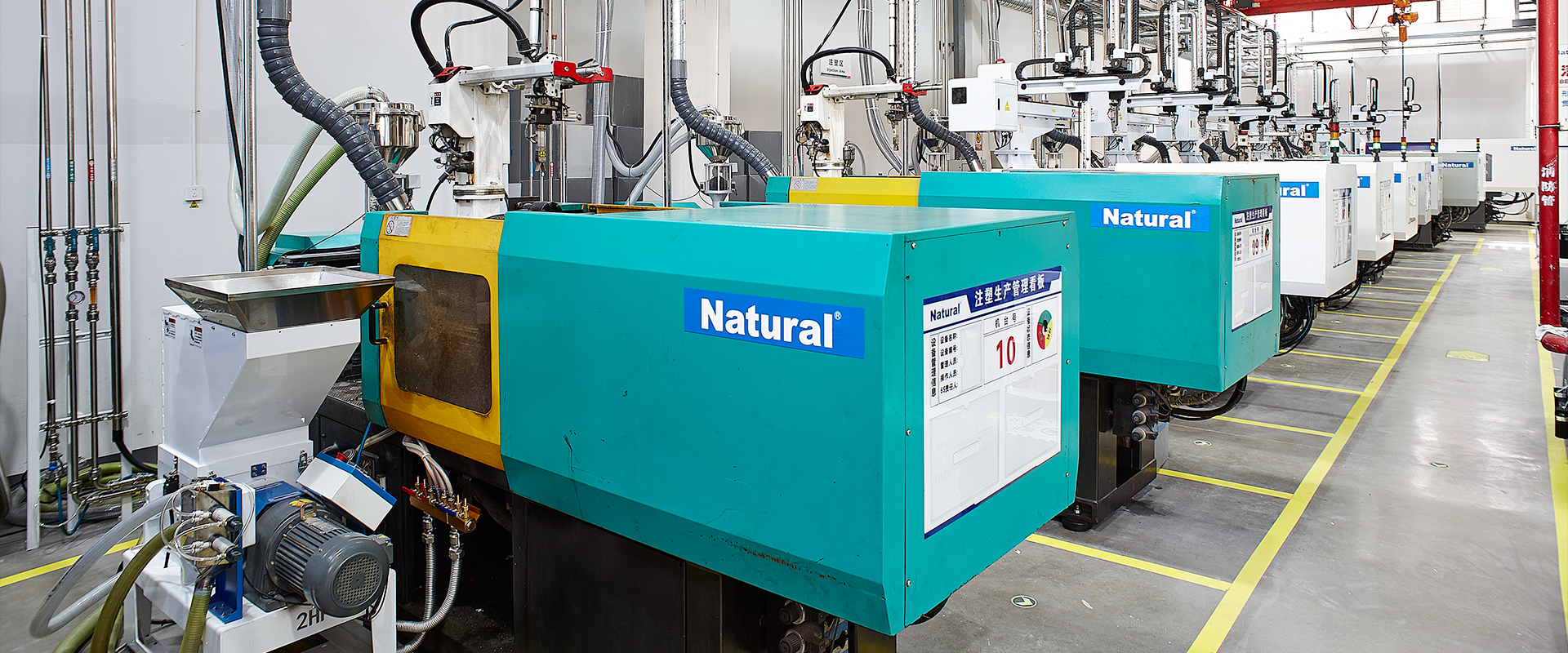
Adjustable temperature control switches are a vital component in a wide range of industries and applications, providing precise control over temperature settings in various devices and systems. These switches offer versatility, reliability, and efficiency, making them indispensable in today's modern world. In this article, we will explore the significance of adjustable temperature control switches and their diverse applications. Understanding Adjustable Temperature Control Switches
Adjustable temperature control switches, also known as thermostats, are devices designed to maintain a specific temperature by regulating heating or cooling systems. They consist of a temperature-sensitive element and a switch mechanism that responds to temperature changes. When the temperature exceeds or falls below the setpoint, the switch activates or deactivates the heating or cooling system, thereby maintaining the desired temperature.
Industrial Applications
HVAC Systems: In the heating, ventilation, and air conditioning (HVAC) industry, adjustable temperature control switches play a crucial role in maintaining indoor comfort. They ensure that the temperature in homes, offices, and commercial buildings remains within a comfortable range, optimizing energy efficiency and reducing operational costs.
Industrial Ovens: Adjustable temperature control switches are widely used in industrial ovens to maintain precise temperature levels during baking, curing, and other thermal processes. This ensures product quality and consistency in various manufacturing industries.
Refrigeration Units: In the food and beverage industry, adjustable temperature control switches are used in refrigeration units to keep perishable goods at the optimal temperature, preventing spoilage and ensuring product safety.
Automotive Cooling Systems: Automobiles rely on these switches to control engine temperature. They activate the radiator's cooling fan when the engine gets too hot, preventing overheating and engine damage.
Household Applications
Water Heaters: Adjustable temperature control switches are essential in water heaters, ensuring that the water temperature remains safe and comfortable for domestic use.
Refrigerators: In homes, refrigerators utilize these switches to maintain a constant temperature inside, preserving food freshness and preventing freezer burn.
Washing Machines: Modern washing machines often include adjustable temperature control switches that allow users to select the desired wash cycle temperature for their laundry.
Space Heaters: Portable space heaters use these switches to maintain a specific temperature in a room, offering comfort and energy efficiency during cold seasons.
Energy Efficiency and Sustainability
One of the key advantages of adjustable temperature control switches is their contribution to energy efficiency and sustainability. By precisely controlling temperature, these switches help reduce energy consumption, lower utility bills, and minimize environmental impact. In industries, this translates into cost savings and reduced carbon emissions, making them a vital component of green initiatives.
The Future of Temperature Control
As technology continues to advance, adjustable temperature control switches are also evolving. Smart thermostats, equipped with wireless connectivity and advanced algorithms, are becoming increasingly popular. These devices allow users to control and monitor temperature settings remotely through smartphones and other smart devices, further enhancing convenience and energy savings.
In conclusion, adjustable temperature control switches are integral to a wide range of industries and applications, from industrial processes to everyday household devices. Their ability to maintain precise temperature levels not only ensures comfort and product quality but also contributes to energy efficiency and sustainability. As technology continues to progress, these switches will likely play an even more significant role in our quest for a more energy-efficient and sustainable future.
 28 items Patent
28 items Patent
 28 items Patent
28 items Patent
 28 items Patent
28 items Patent








